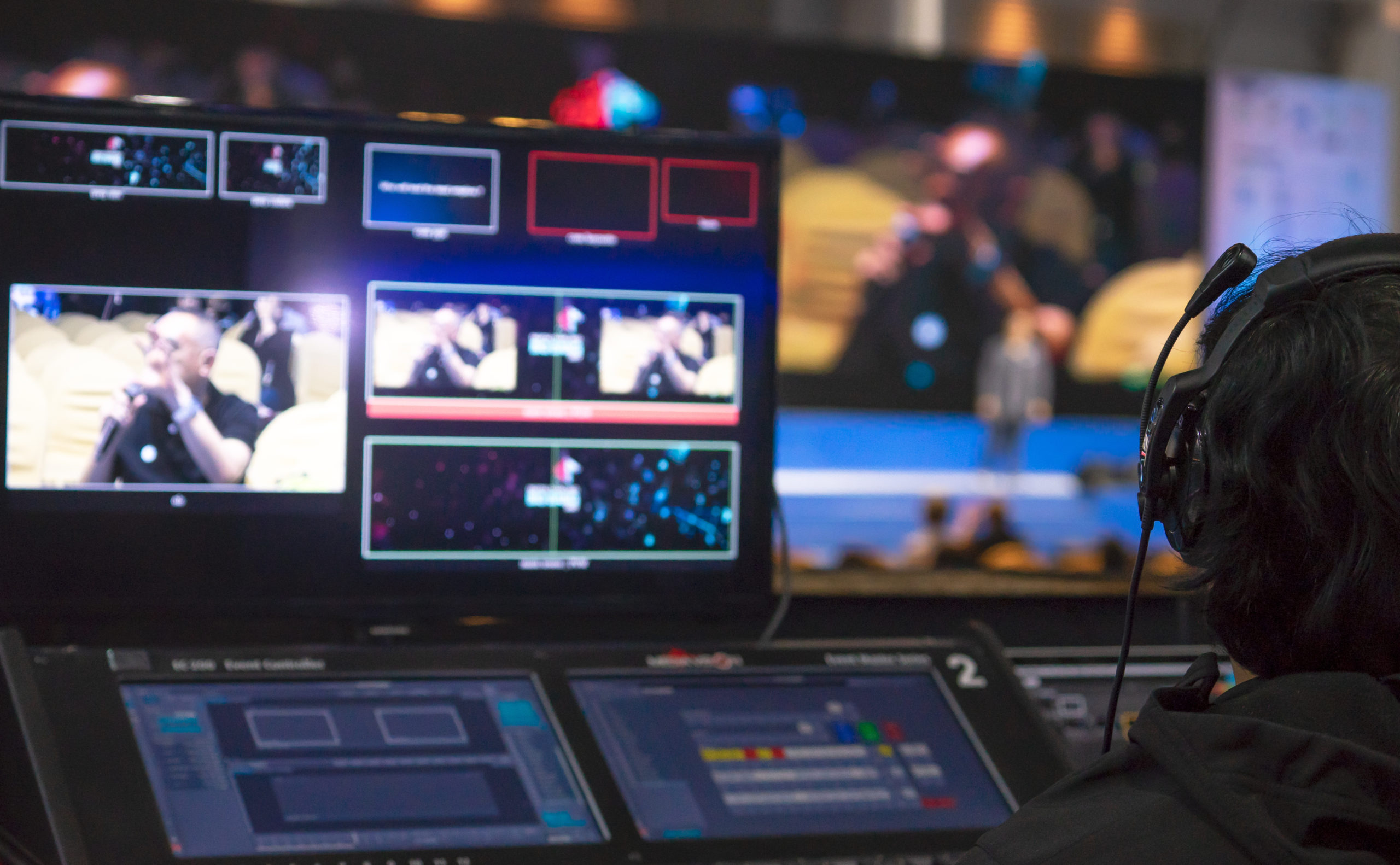Mapping a Blueprint for Hybrid Events: Strategies on Design, Budget, and Experiences
Key Takeaways:
- Building a hybrid event requires more than technical savvy; it’s also about creative and logistics
- Consider your attendee journey for both in-person and virtual attendees and where those journeys intersect and diverge
- Hybrid costs vary widely, but so can the returns
The future of events is hybrid. But what that means, and how to organize an effective hybrid event, is still being developed.
Event experts who are strategically thinking about—and pulling off—successful hybrid events spoke at Event Leaders Live: Business, Design & Strategy Summit on June 3.
J. B. Miller, president and CEO of the event production agency Empire Entertainment, shared his philosophy of hybrid events and gave examples of design and execution from recent gatherings. He defined hybrid events as having in-person attendees in more than one physical location plus virtual attendees online. The goal for event producers is to “provide a materially similar experience to both cohorts but offer each one of them something unique to themselves.”
In the planning stages, you have to consider the attendee narrative and their experience whether in person or online. For each audience segment, he advised devising “ enhancement strategies.” For virtual attendees, that could mean exclusive content, dedicated Q&A sessions or meet-and-greet times, or a parallel content experience that uses gamification and other tools.
“Many people think hybrid is all about technological solutions. That’s not the case,” Miller said. “More often than not, solutions are creative or logistical as well as technological. The best hybrid solutions incorporate all three.”
Hybrid works not only for meetings but also for other event types. Miller shared examples from Empire’s work:
- Red carpets: An in-person interviewer can relay questions to VIPs from a virtual audience. Alternately, celebrities can appear virtually on a red carpet via an avatar and answer questions from a media gaggle.
- Dinners: Use 360-degree camera centerpieces or place tablets on the table to bring virtual participants into a dinnertime discussion as well. “That small table, that interesting conversation, can be live-streamed to a limitless audience,” Miller said.
- Experiential: Empire produced omnichannel premiere events for The Real Housewives of Salt Lake City that included drive-ins along with the show’s talent participating via Instagram Live.
In another Event Leaders Live session, ELI instructors Kevin White and Brandt Krueger along with Lawrence Coburn, CEO and co-founder of the networking platform twine, discussed the evolution of hybrid events and how to manage budget, interactivity, and engagement.
Hybrid events take place on a spectrum between in-person and virtual, but the key is adding interactivity between audience types, Krueger said. “Making them think they’re part of the same event is where the magic can happen if you’re doing it right.”
The biggest question mark at the moment often is cost. Krueger pointed out that platforms range in price from free to upwards of $300,000. White added that we’re not at the point yet for knowing the formula for what hybrid adds to an event’s cost.
Coburn said few platforms will have all of the functionality that a planner might want. He suggested a combination of a main platform with “lightweight” solutions like twine to customize the experience.
“I have a thesis that because planners have gotten more tech savvy, being able to mix and match different tools for different experiences can bring budget down,” Coburn said.
Miller also addressed budget: “There is to be sure additional expense associated with hybrid, but when we start to consider the ROI of reaching a wider audience and repurposing media and the creative to fit the needs of the audience and a wider audience, we begin to see that there’s a new value equation for hybrid events.”
Krueger added: “Engagement is something you design, it’s not something you purchase.”
Regardless of format, planners can still deliver content and engagement. White advised looking at hybrid as “a continuation of the evolution of what we do, which is to engage audience. Don’t be so trapped in live events. We can engage them in many different ways.”
Want to know more about planning and delivering successful hybrid events? ELI has launched a brand new Hybrid & Virtual Event Director professional development online certificate course. Sign up now to reserve a seat in our next cohort.


